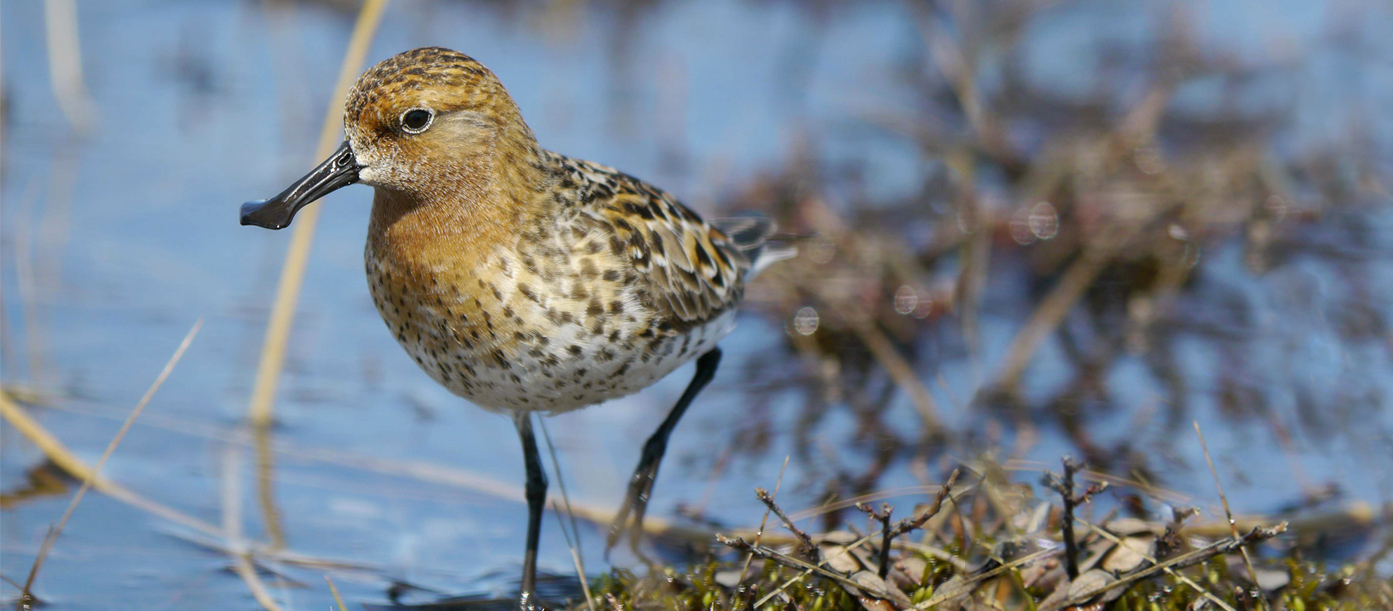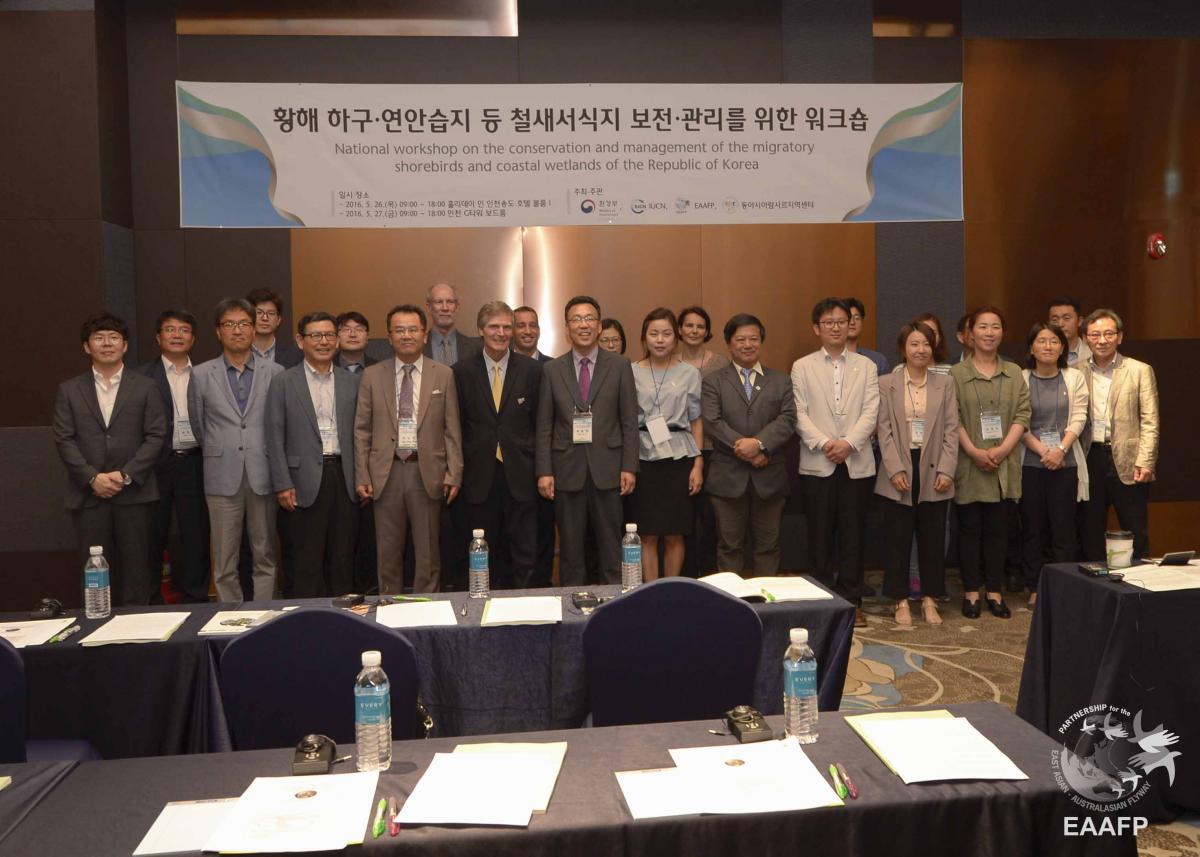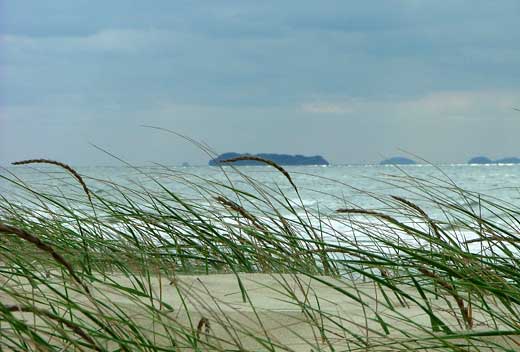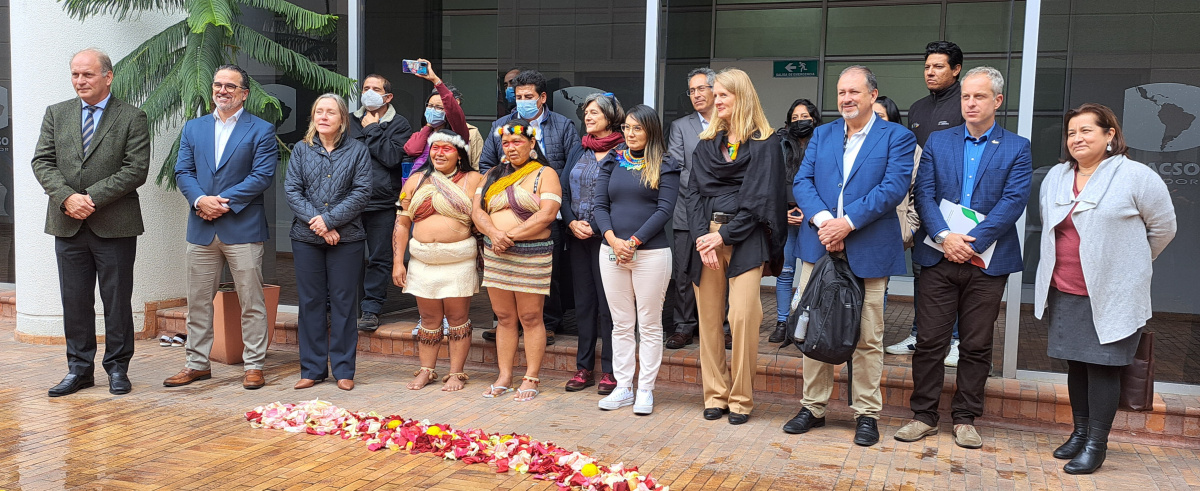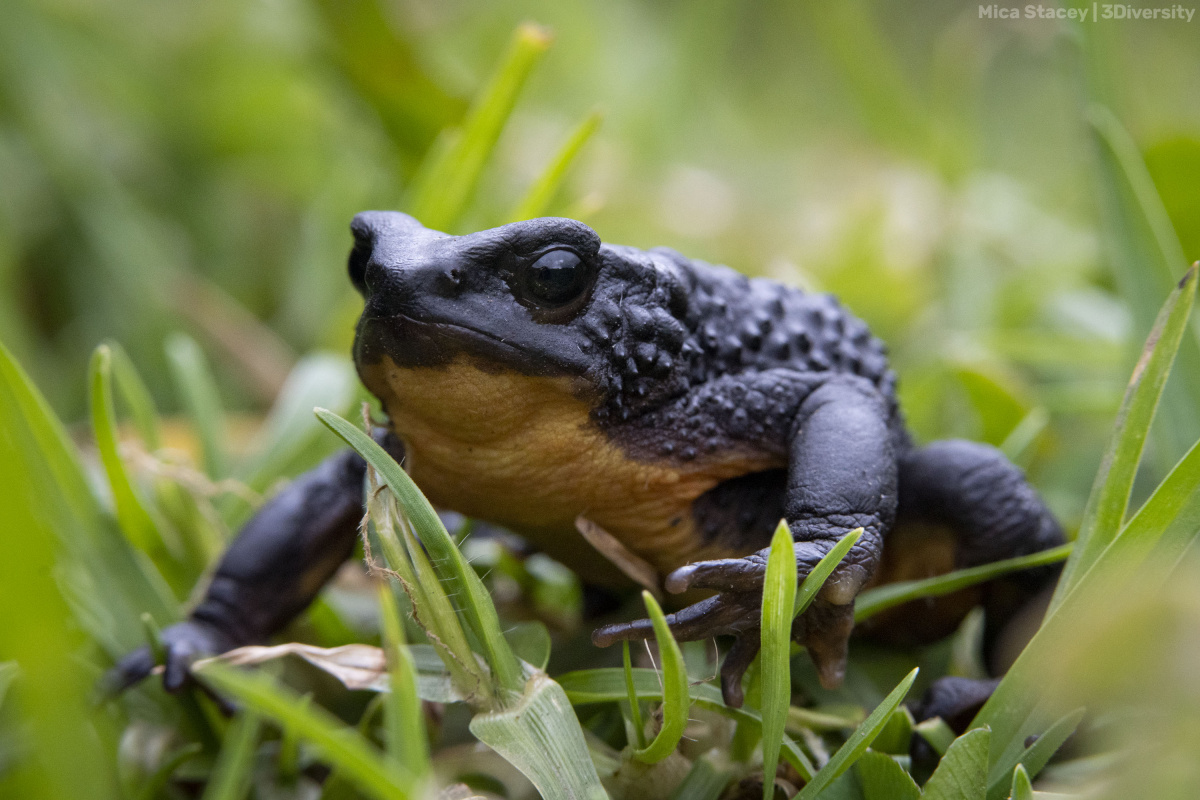The Republic of Korea strengthens Yellow Sea conservation efforts
The Yellow Sea ecosystem of tidal wetlands, associated habitats and the biodiversity that depends on them is one of the ecological wonders of the world. The ecosystem represents the largest muddy tidal area on the planet, and is the most important staging site for migratory waterbirds in the greatest of all flyways, the East Asian-Australasian Flyway (EAAF).
The vital ecosystem services provided by the Yellow Sea include fisheries, tourism, disaster risk reduction and climate change resilience.These Yellow Sea wetlands are threatened by a wide range of pressures, causing their degradation and destruction, especially through unprecedented rates of conversion; around 66% of tidal wetlands in the Yellow Sea have been lost in the past 50 years and populations of bird species have decreased sharply, at 26.4% per year for the Spoon-billed sandpiper. If further conservation measures aren’t taken, these species will become extinct in the near future.
The IUCN World Conservation Congress held in Jeju, Republic of Korea, in September 2012 recognised the need to ensure a suitable framework for the conservation and management of the tidal wetlands of the Yellow Sea and associated bird species. Resolution 28 on the ‘Conservation of the East Asian-Australasian Flyway and its threatened waterbirds, with particular reference to the Yellow Sea’ was adopted by 100% of voting governments.
To address those threats, the Republic of Korea has established and expanded protected areas, restored damaged tidal wetlands, improved habitat quality, and enacted and implemented the national wetland conservation plan.
Recently, to further improve the implementation of those two resolutions and strengthen the implementation of a conservation framework for the intertidal wetlands of the Yellow Sea, representatives from central and local government, academia, non-governmental organisations, the media and international organisations gathered together in Incheon on 26-27 May 2016 to seek long-term solutions for the conservation of migratory waterbirds and their habitats. The workshop was facilitated by IUCN under the coordination and leadership of the Ministry of Environment of Korea.
Workshop participants recognised that: i) the Yellow Sea's intertidal and estuarine areas are of global importance, in particular, for sustaining the migration of millions of waterbirds; ii) the vital ecosystem services provided by intertidal and estuarine wetlands are fundamental for sustainable social-economic development; iii) because of their strategic importance, effective conservation and restoration of the intertidal and estuarine wetlands along the Yellow Sea requires the government of the Republic of Korea’s commitment, as well as significant international collaboration.
Participants also proposed a series of recommendations, ranging from further strengthening awareness on the ecosystem services provided by mud flats to identifying priority intertidal and estuarine wetland zones for protection as well as exploring opportunities for an improved inter-ministerial coordination mechanisms on the management and conservation of the intertidal wetlands of the Yellow sea (The workshop outcomes can be found under the Downloads section on the right-hand side of this page). This document will guide the actions of the stakeholders of the Republic of Korea, including relevant ministries, academia and civil society organisations. It will also support regional and international dialogues related to the conservation of the Yellow Sea, such as the ‘Regional Workshop on the Conservation and Management of the Tidal Flats, Associated Wetlands and Migratory Waterbirds of the Yellow Sea’ in Beijing in August 2016 or the workshop on the ‘Conservation of intertidal habitats, from the East Asian-Australasian Flyway, especially the Yellow Sea’ to be held at the next IUCN World Conservation Congress, in Hawai’i in September 2016.
For more information, kindly contact:
Raphaël Glémet, Senior Programme Officer, Water and Wetlands, IUCN Asia
